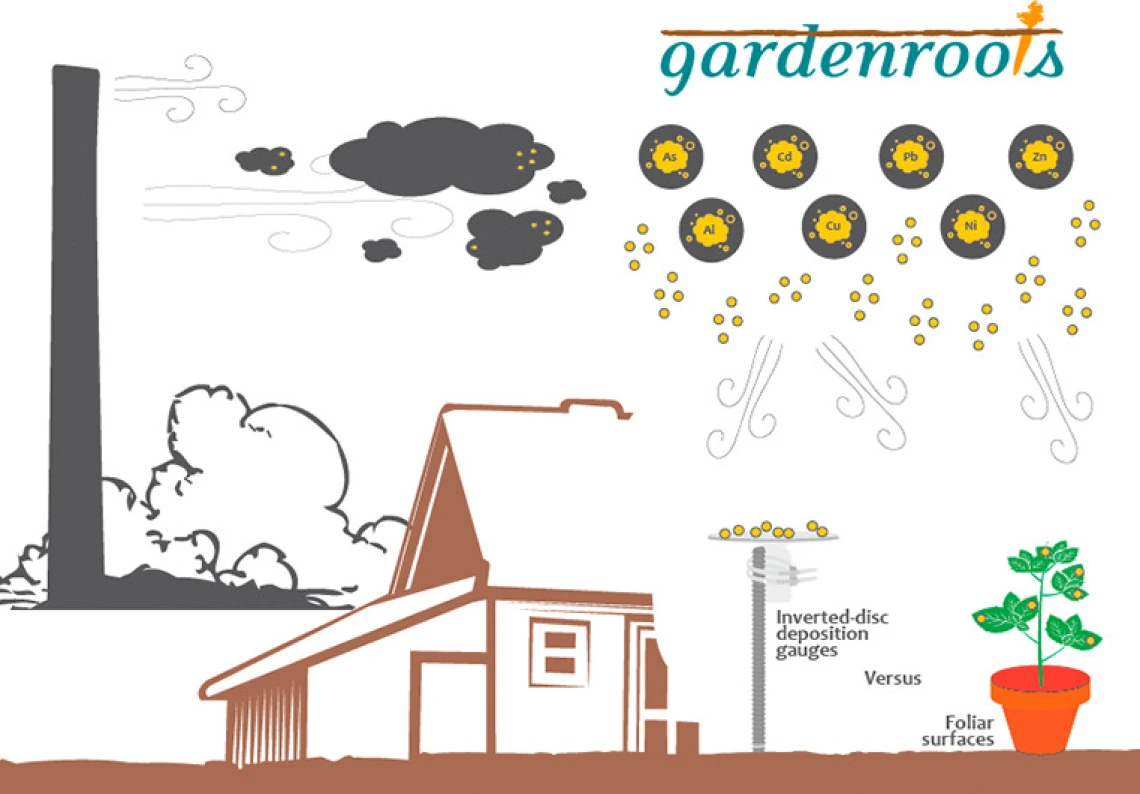Plant Leaves as a Dust Monitoring Tool

A new publication by University of Arizona researchers, lead by UA SRC Administrative and Research Translation Core Co-Investigator Dr. Monica Ramirez-Andreotta, was selected as one of three NIEHS Extramural Papers of the Month in October 2021 and as NIEHS 2021 Paper of the year in January 0f 2022.
The study was conducted in response to increasing concern about the effect of air pollution on environmental health that led communities to begin to use citizen/community-based monitoring techniques to measure air quality. This research found that plant leaves can be used as an affordable and reliable method to assess the level of metals in airborne dust.
The plant leaves were studied in the mining community of Superior, Arizona, to assess the efficacy of foliar surfaces as compared to an inverted disc (frisbee) to sample aerosol pollutants in ambient air. The assessment was conducted by evaluating metal concentrations as a function of distance from a former smelter, statistical and regression analyses, and enrichment factor calculations compared to similar sites worldwide.
Both collection methods – plant leaves and inverted discs – showed decreased metal(loid) concentrations with distance from the retired smelter area used for the study. The primary difference between the methods was the amount of dust collected. Except for aluminum and nickel, results indicate non-crustal origins (e.g., anthropogenic, or human-influenced) sources for the metal(loid)s.
Further studies will consider alternating the types of plant used for foliar collection as well as collecting samples on a more frequent basis in order to sufficiently categorize results based on meteorological conditions.
To learn more about this research, please refer to:
- Zeider K, Van Overmeiren N, Rine K, Sandhaus S, Saez AE, Sorooshian A, Munoz HC, Ramirez-Andreotta M. 2021. Foliar surfaces as dust and aerosol pollution monitors: An assessment by a mining site. Sci Total Environ 790:148164. doi:10.1016/j.scitotenv.2021.148164 PMID:34380246 PMCID:PMC8362843
- NIEHS Research Brief: “Foliar surfaces as dust and aerosol pollution monitors: An assessment by a mining site".

